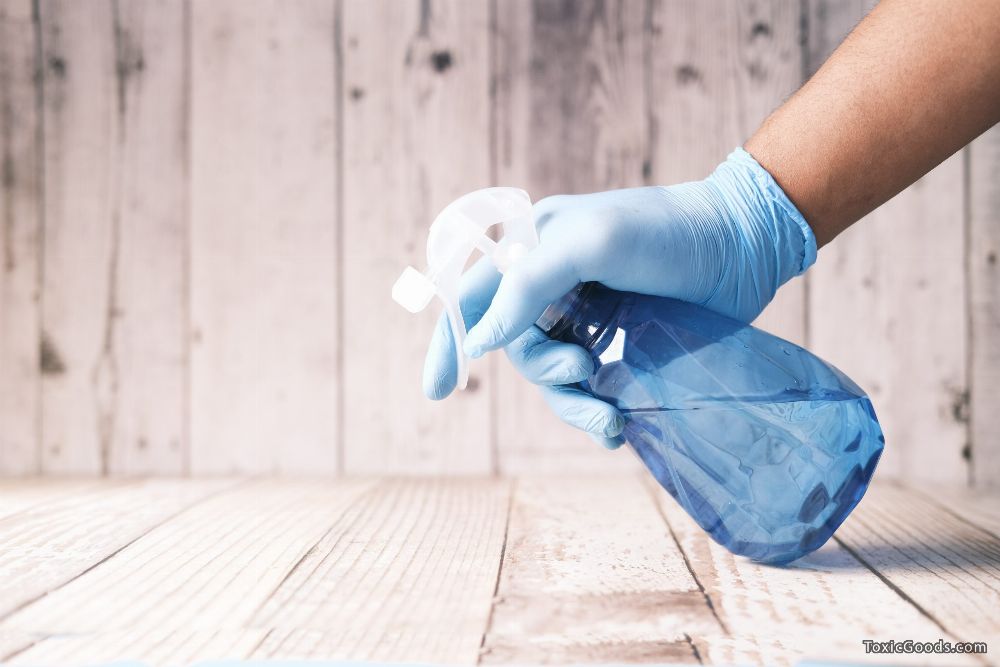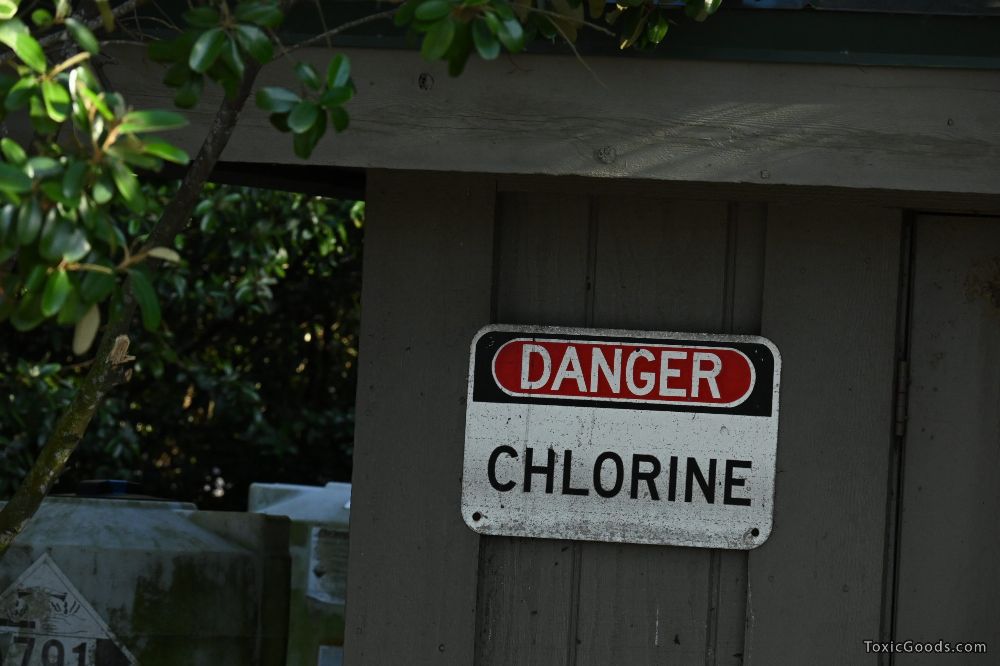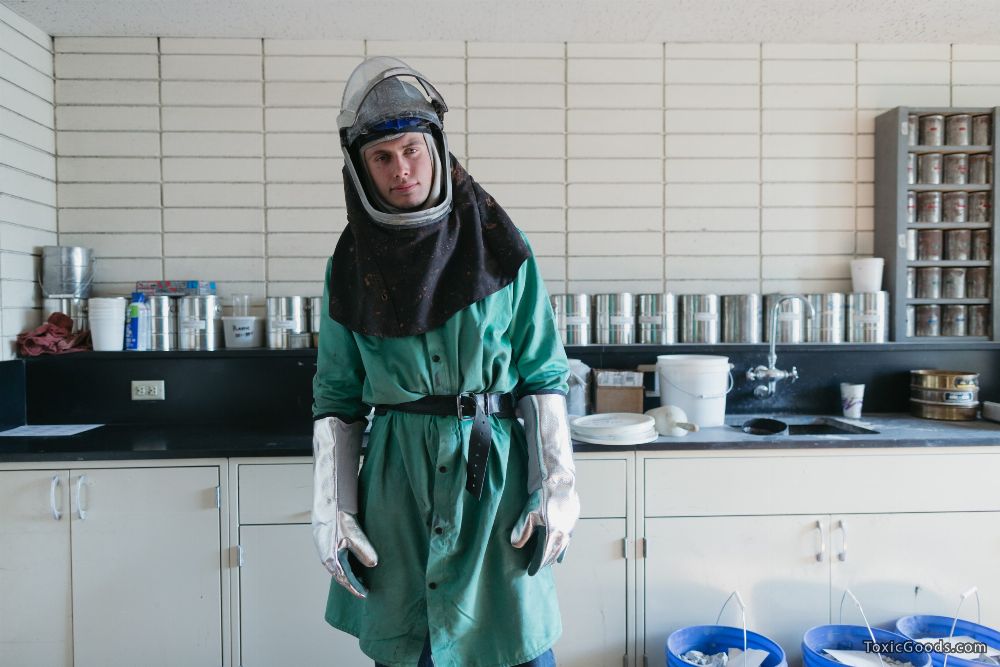The Silent Hazards: Unveiling the Most Toxic Household Chemicals and Health Impacts
Introduction
In our quest for pristine living spaces, modern households often rely on an assortment of cleaning products, unaware that some harbor hidden health hazards. Many common household chemicals contain toxic ingredients that can have adverse effects on human health, especially when inhaled or absorbed through the skin.
This article delves deeper into the realm of toxic household chemicals, revealing their brand names and elucidating the intricate ways in which they affect the human body.
The Most Toxic Household Chemicals and Their Profound Health Impacts
Ammonia
 Common Uses. Ammonia, a colorless gas with a sharp, pungent odor, is a key ingredient in numerous household cleaning products. Its powerful degreasing and cleaning properties make it a staple in window cleaners, floor waxes, and bathroom disinfectants.
Common Uses. Ammonia, a colorless gas with a sharp, pungent odor, is a key ingredient in numerous household cleaning products. Its powerful degreasing and cleaning properties make it a staple in window cleaners, floor waxes, and bathroom disinfectants.
Brands. Widely present in commercial cleaning products such as Windex, Lysol, and Clorox.
Health Impacts. When ammonia fumes are inhaled, they can irritate the eyes, nose, throat, and respiratory system, resulting in coughing, wheezing, and shortness of breath. Long-term exposure to ammonia vapors can exacerbate pre-existing respiratory conditions like asthma and bronchitis. Mixing ammonia with chlorine-containing products, such as bleach, produces a highly toxic gas called chloramine, which can cause severe respiratory distress and even be fatal.
Bleach (Sodium Hypochlorite)
 Common Uses. Sodium hypochlorite, commonly referred to as bleach, is a potent disinfectant and stain remover used in a wide array of household cleaning products, from laundry detergents to kitchen and bathroom cleaners.
Common Uses. Sodium hypochlorite, commonly referred to as bleach, is a potent disinfectant and stain remover used in a wide array of household cleaning products, from laundry detergents to kitchen and bathroom cleaners.
Brands: Dominated by brands like Clorox, Purex, and Lysol.
Health Impacts. Inhalation of bleach vapors can lead to immediate irritation of the eyes, nose, throat, and respiratory tract. Prolonged exposure to high concentrations of chlorine-based gases can result in chronic respiratory issues and weaken the immune system’s ability to defend against infections. Additionally, the improper mixing of bleach with ammonia or acids can trigger the release of chlorine gas, notorious for its harmful effects on the respiratory system.
Formaldehyde
Common Uses. Formaldehyde is not just confined to mortuaries; it is an ever-present chemical used in various household items, including furniture, carpets, glues, and some cleaning agents. It’s also used as a preservative in personal care products.
Brands. Often hidden in construction materials, furniture, and even some cosmetics.
Health Impacts. The inhalation of formaldehyde vapors can cause a range of symptoms, including eye, nose, and throat irritation. Prolonged exposure can lead to chronic respiratory problems, such as asthma, and increase the risk of developing allergies. What’s more alarming is that formaldehyde has been classified as a Group 1 human carcinogen by the IARC, linked to an elevated risk of nasopharyngeal and respiratory tract cancers.
Phthalates
 Common Uses. Phthalates are synthetic chemicals widely used as plasticizers in a variety of products, including scented household items like air fresheners, scented candles, and some cleaning products.
Common Uses. Phthalates are synthetic chemicals widely used as plasticizers in a variety of products, including scented household items like air fresheners, scented candles, and some cleaning products.
Brands. Prevalent in products from brands like Glade, Febreze, and Air Wick.
Health Impacts. Inhalation of phthalate-laden air fresheners and scented products can have serious implications for human health. Phthalates are known endocrine disruptors, meaning they interfere with hormonal systems in the body. This interference can lead to reproductive and developmental issues, affecting both men and women. Moreover, exposure to phthalates has been linked to respiratory irritation and may contribute to the development of asthma.
Perchloroethylene (Perc)
Common Uses. Perchloroethylene, commonly known as “perc,” is often found in dry cleaning solutions, spot removers, and some carpet and upholstery cleaners due to its effective stain-removing properties.
Brands. Found in various dry cleaning and cleaning product brands.
Health Impacts. Inhalation of perchloroethylene vapors can result in immediate effects like dizziness, headaches, and nausea. Prolonged exposure, especially in poorly ventilated areas, can lead to more serious health issues. Long-term exposure to perc has been associated with damage to the central nervous system, including symptoms such as confusion, memory impairment, and even depression. Pregnant women should exercise caution, as perc exposure has been linked to adverse effects on fetal development.
Conclusion
 While the allure of clean and orderly homes is strong, it’s crucial to be aware of the potential hazards posed by some commonly used household chemicals. Understanding the composition of these products, their brand names, and the intricate ways they impact the human body can empower us to make safer choices.
While the allure of clean and orderly homes is strong, it’s crucial to be aware of the potential hazards posed by some commonly used household chemicals. Understanding the composition of these products, their brand names, and the intricate ways they impact the human body can empower us to make safer choices.
Opting for natural and environmentally friendly cleaning alternatives, ensuring proper ventilation, and handling chemical products with care can help mitigate the risks associated with these toxic substances. Remember, the sanctity of our homes should never come at the expense of our health and well-being.
